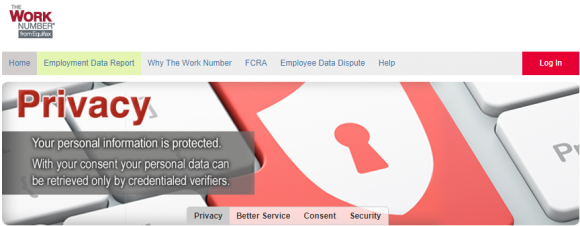A Web site set up by PC maker Dell Inc. to help customers recover from malicious software and other computer maladies may have been hijacked for a few weeks this summer by people who specialize in deploying said malware, KrebsOnSecurity has learned.
There is a program installed on virtually all Dell computers called “Dell Backup and Recovery Application.” It’s designed to help customers restore their data and computers to their pristine, factory default state should a problem occur with the device. That backup and recovery program periodically checks a rather catchy domain name — DellBackupandRecoveryCloudStorage.com — which until recently was central to PC maker Dell’s customer data backup, recovery and cloud storage solutions.
Sometime this summer, DellBackupandRecoveryCloudStorage.com was suddenly snatched away from a longtime Dell contractor for a month and exposed to some questionable content. More worryingly, there are signs the domain may have been pushing malware before Dell’s contractor regained control over it.

Image: Wikipedia
The purpose of DellBackupandRecoveryCloudStorage.com is inscribed in the hearts of countless PCs that Dell shipped customers over the past few years. The domain periodically gets checked by the “Dell Backup and Recovery application,” which “enables the user to backup and restore their data with just a few clicks.”
This program comes in two versions: Basic and Premium, explains “Jesse L,” a Dell customer liaison and a blogger on the company’s site.
“The Basic version comes pre-installed on all systems and allows the user to create the system recovery media and take a backup of the factory installed applications and drivers,”Jesse L writes. “It also helps the user to restore the computer to the factory image in case of an OS issue.”
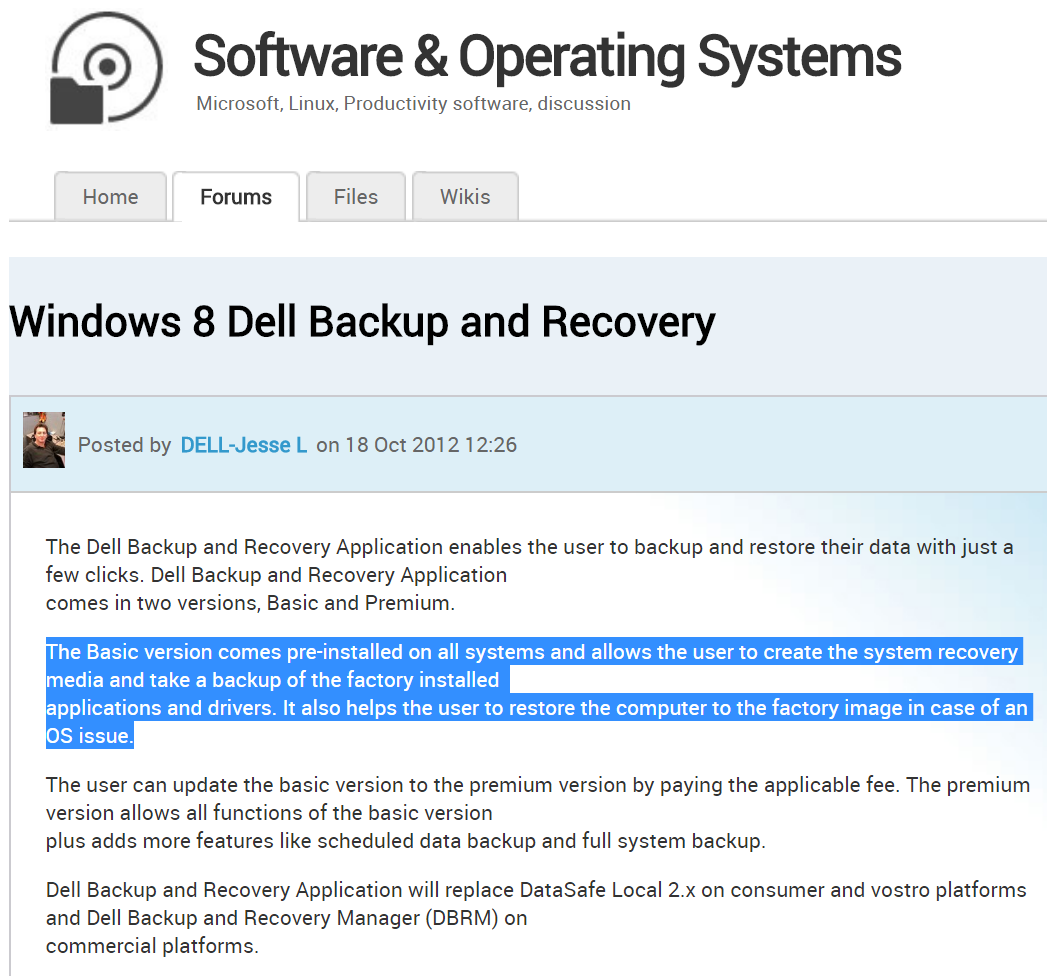
Dell customer liaison Jesse L. talks about how the program in question is by default installed on all Dell PCs.
In other words: If DellBackupandRecoveryCloudStorage.com were to fall into the wrong hands it could be used to foist malicious software on Dell users seeking solace and refuge from just such nonsense!
It’s not yet clear how or why DellBackupandRecoveryCloudStorage.com got away from SoftThinks.com — an Austin, Tex.-based software backup and imaging solutions provider that originally registered the domain back in mid-2013 and has controlled it for most of the time since. But someone at SoftThinks apparently forgot to renew the domain in mid-June 2017.
SoftThinks lists Dell among some of its “great partners” (see screenshot below). It hasn’t responded to requests for comment. Some of its other partners include Best Buy and Radio Shack.
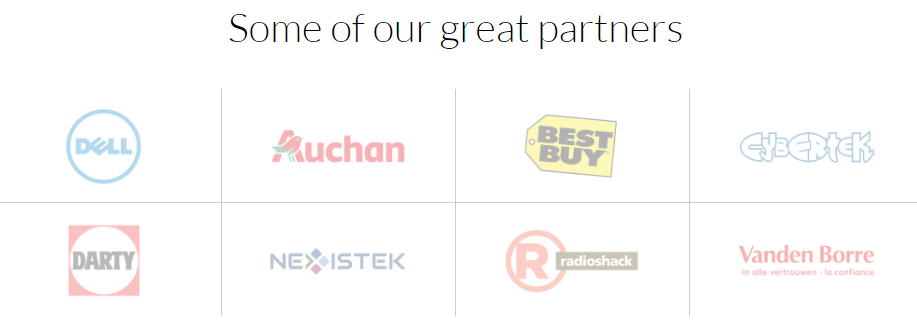
Some of SoftThinks’ partners. Source: SoftThinks.com
From early June to early July 2017, DellBackupandRecoveryCloudStorage.com was the property of Dmitrii Vassilev of “TeamInternet.com,” a company listed in Germany that specializes in selling what appears to be typosquatting traffic. Team Internet also appears to be tied to a domain monetization business called ParkingCrew.
If you’re not sure what typosquatting is, think of what sometimes happens when you’re typing out a URL in the browser’s address field and you fat-finger a single character and suddenly get redirected to the kind of content that makes you look around quickly to see if anyone saw you looking at it. For more on Team Internet, see this enlightening Aug. 2017 post from Chris Baker at internet infrastructure firm Dyn. Continue reading





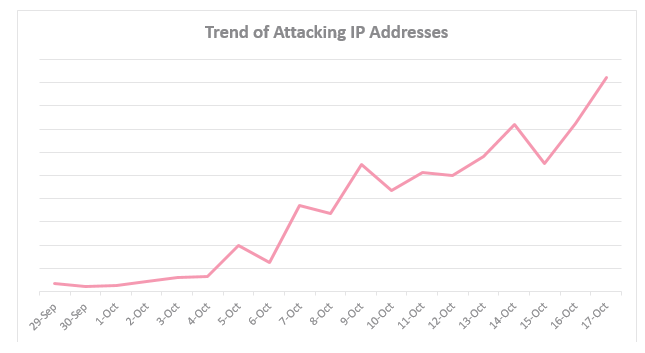
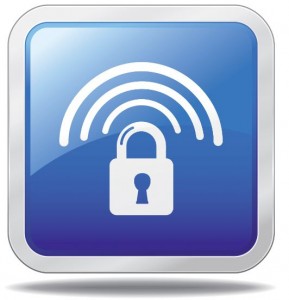

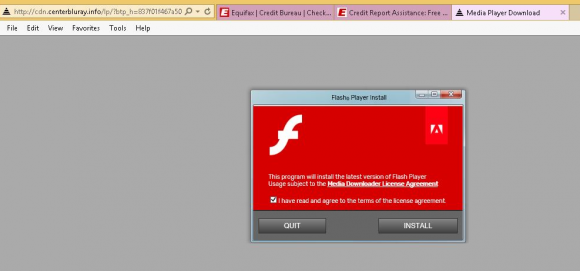
 Hyatt said its cyber security team discovered signs of unauthorized access to payment card information from cards manually entered or swiped at the front desk of certain Hyatt-managed locations between March 18, 2017 and July 2, 2017.
Hyatt said its cyber security team discovered signs of unauthorized access to payment card information from cards manually entered or swiped at the front desk of certain Hyatt-managed locations between March 18, 2017 and July 2, 2017. Roughly half of the flaws Microsoft addressed this week are in the code that makes up various versions of Windows, and 28 of them were labeled “critical” — meaning malware or malicious attackers could use the weaknesses to break into Windows computers remotely with no help from users.
Roughly half of the flaws Microsoft addressed this week are in the code that makes up various versions of Windows, and 28 of them were labeled “critical” — meaning malware or malicious attackers could use the weaknesses to break into Windows computers remotely with no help from users. Previously, Equifax said the breach impacted approximately 400,000 U.K. residents. But in a statement released Tuesday, Equifax said it would notify 693,665 U.K. consumers by mail that their personal information was jeopardized in the breach. This includes:
Previously, Equifax said the breach impacted approximately 400,000 U.K. residents. But in a statement released Tuesday, Equifax said it would notify 693,665 U.K. consumers by mail that their personal information was jeopardized in the breach. This includes: